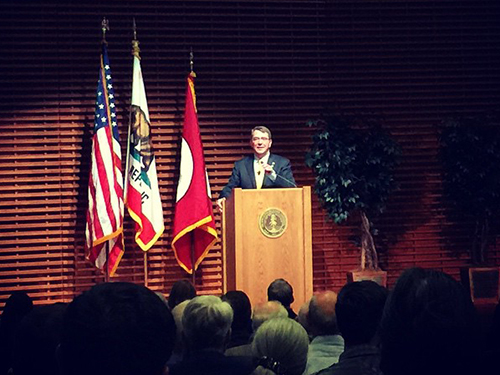
This article was originally published by War on the Rocks on 21 September, 2015.
“Silicon Valley folks? Their main focus is on speed to market.” A senior executive at Raytheon recently uttered this quote in response to the innovation push launched by former Secretary of Defense Chuck Hagel and expanded by his successor, Ash Carter. The remark illustrates a frustration shared across the traditional defense industrial base over a series of “innovation initiatives” being rolled out by the Department of Defense (DOD). These initiatives have been spurred by a growing sense that the Pentagon’s historic technological advantage is slipping as a result of numerous shortcomings: DOD’s flagging research and development (R&D) spending, an abysmal technology transition rate, and questionable returns on industry Independent Research & Development (IRAD). There is no doubt that something must be done to ensure U.S. defense-related innovation remains world-leading. Yet despite DOD’s best efforts, it is far from clear that the department has sufficiently considered how it can further leverage the already existing defense industrial base to support this endeavor. Certainly, “non-traditional” companies should be a larger player in the defense innovation marketplace. But as the previously mentioned Raytheon executive noted, “When you’re making technology in the defense market, you also have to address other aspects, including mission assurance, acquisition compliance — these things are important … there’s an overhead to that.”

